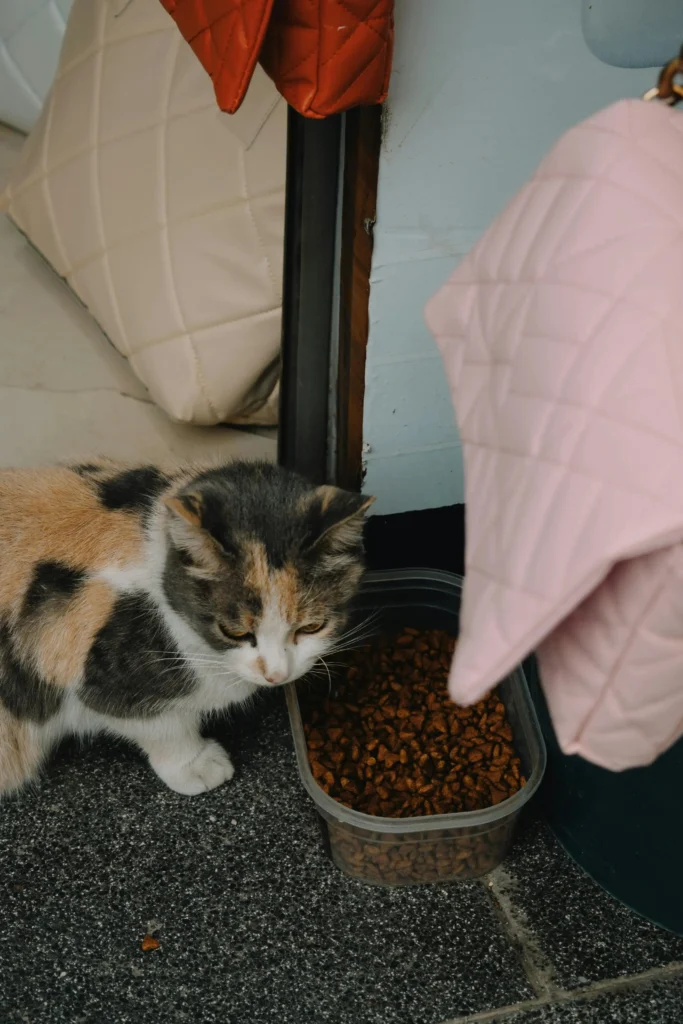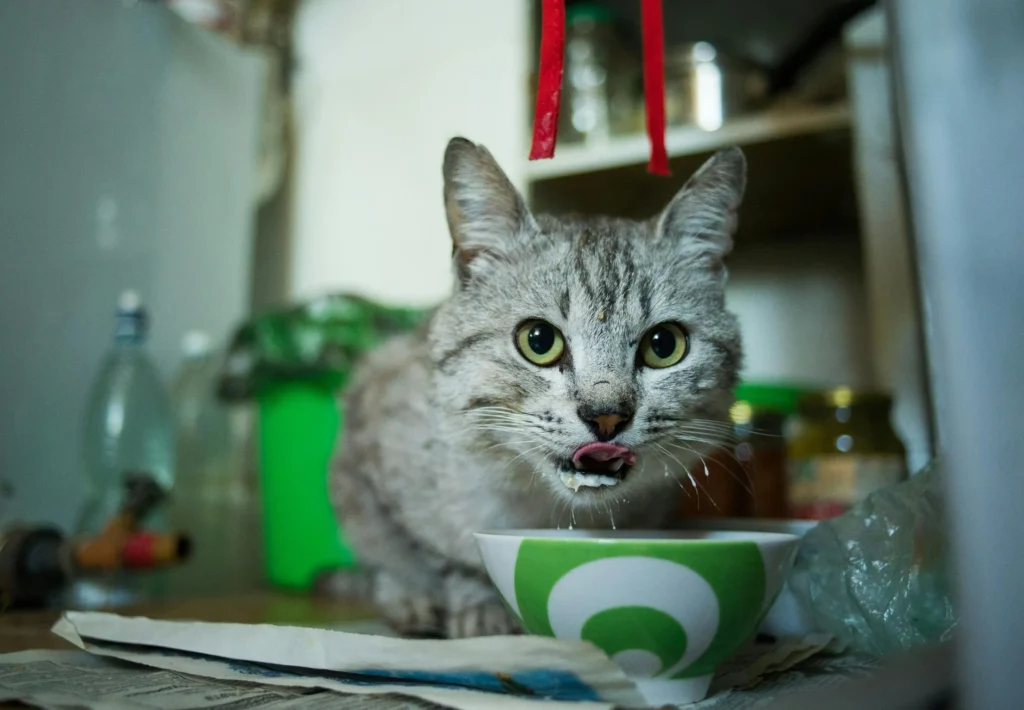Introduction: Cats that are picky eaters
To many cat owners, their furry friends may resemble toddlers. This might be true for some, especially during mealtimes. As their parent, you may experience the frustration of your cats being picky eaters to no matter how cheap or expensive the food is. This sometimes happens when introduced to new food or even when they have been eating the same food for months or years. As such, some owners may blame their cat for being high maintenance.
Cats can be fussy eaters. However, this is due to their instincts regarding food, their food habits, and preferences. It is imperative to pay close attention to the changes in your cat’s desire to eat food. If your cat suddenly stops eating or eating more, you may need to visit a veterinarian.
In this article, there might be some answers to your frustration with your picky-eating felines.
Factors influencing a cat’s eating habits
Alike their bigger, wild cousins, cats are obligate carnivores which means they rely heavily on nutrients found only in animal products. Their diet has evolved to consume almost entirely meat, contrary to omnivores such as dogs. This means they source foods that contain high amounts of protein, moderate amounts of fat, and a minimal amount of carbohydrates. Cats may be sensitive to certain ingredients found in commercial cat food. Commercial cat foods come in three varieties: dry, semi-moist and canned. These products vary in terms of water content, protein content, calorie intake and digestibility.
Dry Foods
Dry food has the least water content, containing 10 per cent or less. It is frequently coated with flavour enhancers, such as animal fat to make it more appealing to the cat. However, some cats may be pickier to dry foods compared to semi-moist and canned foods. This may vary depending on the types and quality of the ingredients which also may be less digestible. In using dry kibbles, it is important to keep them in an airtight container to prevent nutrient deterioration and maintain flavour.
Semi-moist Foods
Semi-moist foods are meat and meat byproducts which contain approximately 35 per cent water content. Other ingredients such as cereals, grain byproducts, soybean meal and preservatives are added to the foods. Semi-moist foods may appeal more to some cats rather than dry food. However, after opening the package, the food can dry out and can quickly become rancid.
Canned Foods
Canned food has the most water content, containing at least 75 per cent of moisture. There are plentiful varieties available, which can be significant if your cat is a picky eater. Canned food has a long shelf life but once opened, any unused portions should be refrigerated to prevent spoilage and maintain quality. (2) Although canned foods are a crowd favourite especially among cats, some brands may be nutritionally incomplete. It is also important to read the nutritional information carefully such as specialty cat food items. Despite the different types of food your cat may prefer, they must have the right amount of water intake in their daily diet.
A cat’s smell and taste in foods
Contrary to popular belief, cats have a weak sense of taste, so they rely mainly on their sense of smell. A human has approximately 9000 tastebuds which can distinguish many flavours, but a cat has only about 480 tastebuds which distinguish everything but sweet. A cat’s perception of taste is different. They use their Jacobson’s organ, between their mouth and the nasal cavity, so they can literally “taste” the smell of their food. Thus, cats decide primarily on the scent of their food whether it is tasty or not.

Health issues
Sometimes their picky behaviour can be related to a health issue. Cats with dental disease may have mouth pain and difficulty chewing their kibbles. To prevent this, daily brushing helps remove plaque buildup. You will need a cat-specified toothbrush and feline toothpaste – never use human toothpaste! Cats who have kidney disease may experience nausea, which reduces their appetite. Arthritis pain in older cats may be reluctant to get up to eat. Cats with nasal congestion may have a decreased desire to eat because they cannot smell their food well which can dissimulate their desire to eat. Medical conditions affect cats’ appetite or cause them to be picky eaters. If you notice any physical discomfort in your cats while eating, you should seek out veterinary help.
Behavioural reasons for picky eaters
Sometimes their picky behaviour can be related to a health issue. Cats with dental disease may have mouth pain and difficulty chewing their kibbles making them picky eaters. To prevent this, daily brushing helps remove plaque buildup. You will need a cat-specified toothbrush and feline toothpaste – never use human toothpaste! Cats who have kidney disease may experience nausea, which reduces their appetite. Arthritis pain in older cats may be reluctant to get up to eat. Cats with nasal congestion may have a decreased desire to eat because they cannot smell their food well which can dissimulate their desire to eat. Medical conditions affect cats’ appetite or cause them to be picky eaters. If you notice any physical discomfort in your cats while eating, you should seek out veterinary help.
Natural Instincts can make them picky eaters
There are several reasons for your cat’s fussiness. Your cat’s instincts for hunting are often related to their picky eating. Like wild cats, they typically hunt frequently for their meals throughout the day, from dawn to dusk. Thus, your cat may prefer to eat multiple small meals throughout the day which might make them seem like picky eaters.
Nurtured Preference
Cats are introduced to their preferred foods from kittens. They especially learn what is acceptable to consume from their mother, which usually influences their diets when they mature. As a result, you must expose young kittens to foods with varying flavours, textures, sizes, shapes, and consistencies so they can be more accepting of different foods as adults. This can be useful if they need to follow a specific diet later in life for medical reasons.
Location
Sometimes it is the location of their food bowl that is preventing them from eating. They need to eat in a low-stress environment with agreeable cleanliness. They would not eat if their food is placed near their litterbox, or when their food is stale or in a dirty container. Some cats will refuse to eat much if their food bowl is near their water bowl.

Tips for dealing with cats that are picker eaters.
- Establish a Routine: Try to feed your cat at the same times each day. Cats thrive on routine and knowing when to expect meals can help them develop a regular eating habit.
- Warm the Food: Some cats are more enticed by the smell of warm food. Try warming wet food slightly to enhance its aroma.
- Interactive Feeders and Toys: Use puzzle feeders or treat dispensing toys to make feeding time more engaging and fun for your cat.
- Avoid Free-Feeding: Instead of leaving food out all day, provide meals at specific times. This can make your cat more eager to eat when food is available.
- Limit treats: Too many treats can reduce your cat’s appetite for regular meals. Keep treats to a minimum and ensure they are given at consistent times.
- Hydration and Wet Food: If your cat prefers dry food, try mixing in a small amount of wet food. Wet food can also help with hydration, which is crucial for cats.
- Create a Calm Environment: Make sure your cat’s eating area is quiet and away from loud noises or stressful situations.
- Monitor Changes: Keep an eye on your cat’s eating habits and weight. Sudden changes can indicate health problems and may require you to consult with a veterinarian.
Conclusion.
Managing a fussy eater requires patience, consistency, and sometimes even a bit of experimentation to see what works and what doesn’t. Establishing a routine, offering a variety of high-quality foods rich in nutrients and creating a calm feeding environment can significantly improve your cat’s eating habits. Additionally, ensuring regular veterinary check-ups is essential in your cats health journey. By incorporating these strategies, you can help your cat develop a more consistent and healthy eating pattern, contributing to their overall well-being and happiness.
References:
https://www.petmd.com/cat/nutrition/why-are-cats-picky-eaters


